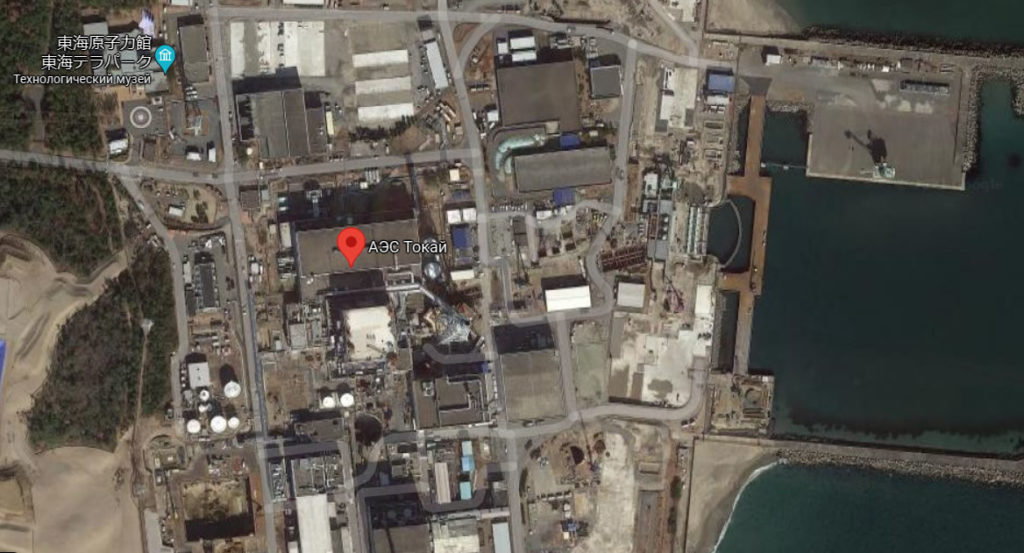
On September 30, 1999, a uranium chain reaction occurred at the nuclear facility of the Japanese company JCO Co. Tokaimura, as a result of which 3 people were seriously injured and at least 400 were exposed to radiation.
One of the workers 35-year-old Hisashi Ouchi received a dose of radiation twice the lethal level.
JCO was involved in the conversion of enriched uranium hexafluoride into uranium dioxide at the Tokaimura plant, which was subsequently used to produce fuel for nuclear power plants.
The incident occurred during the uranium processing procedure.
Technological error
Technologically, it should have looked like this: a worker pours powdered triuranium octoxide (U3O8) into a special container where it mixes with nitric acid and enters a buffer tank, and from there into a special settling tank where mixing, direct fuel cleaning and extraction take place.
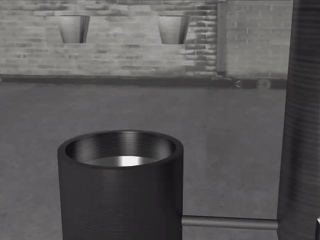
This technological process prevented reaching the critical mass of uranium.
However, JCO decided to simplify the process. Now workers poured a mixture triuranium octoxide (U3O8) and nitric acid, which was mixed by hand in ordinary stainless steel buckets directly into the sump.
Usually the facility worked with low enriched (5%) uranium, but on that day it was necessary to prepare fuel from highly enriched (18.8%) uranium.
Chronology of the disaster
On the evening of September 29, 1999, workers Hisashi Ouchi and Masato Shinohara, led by 54-year-old Yutaka Yokokawa, prepared a mixture of nitric acid and triuranium octoxide (U3O8) in 10-liter buckets.
At 10.45 am the next day, workers loaded 40 liters of a mixture containing 16 kg of uranium into the sump.
As a result, a self-sustaining chain reaction began in the sump. A characteristic blue flash followed, accompanied by a loud bang and intense radioactive radiation, which triggered the alarm.

At this time, there were three workers on the site in front of the sump. Hisashi Ouchi directly poured the mixture from the bucket into the sump, Masato Shinohara stood next to Hisashi Ouchi and a little further was Yutaka Yokokawa.
Hisashi Ouchi received the highest dose of radiation 17 Sv. Masato Shinohara received 10 Sv, and Yutaka Yokokawa received 3 Sv radiation. It is believed that irradiation of 8 Sv is 100% fatal, and with 3-5 Sv, death occurs in 50% of cases.
Thus, Hisashi Ouchi received at least 2 lethal doses of radiation.
All three workers were hospitalized.
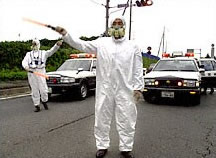
The enterprise continued to fight the accident. The chain reaction lasted for about 20 hours. During this time, residents of the nearest houses were evacuated, rescuers arrived at the plant.
All personnel were evacuated, a reduced pressure was created in the plant building, which made it possible to avoid radioactive emissions into the atmosphere.
The water from the special settling tank was pumped out, boric acid was pumped into the container with the radioactive mixture, which is a good absorber of radiation, the container itself was lined with sandbags and monitoring systems were installed.
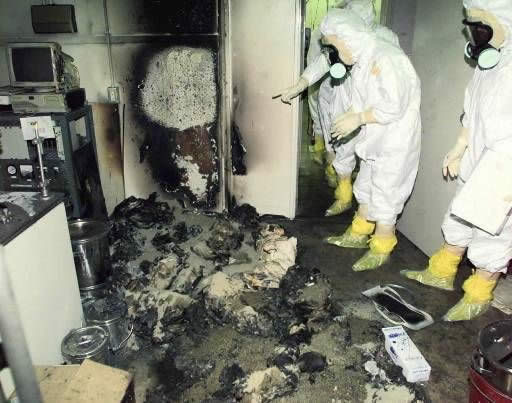
The difficulty lay in the fact that the teams of the liquidators of the accident could work for only a few minutes due to the fear of an overdose of radioactive exposure.
Residents of nearby houses were evacuated. The radiation level in the Toykamur area exceeded the norm by 15,000 times.
The accident was localized, but only a few weeks later it was possible to enter the territory of the Toykamura plant without protective suits.
Victims
Hisashi Ouchi, Masato Shinohara, and Yutaka Yokokawa were taken to the hospital and felt well a few hours after the radiation. Hisashi Ouchi even joked about going home soon.
Running a little ahead, of the three operators who were exposed to radiation, only Yutaka Yokokawa survived.
Hisashi Ouchi died 83 days after the accident, and Masato Shinohara 211 days later.
83 days of hell

The very next day, Hisashi Ouchi’s hands became covered with a rash, and the rash developed into huge blisters from which blood and lymph oozed.
Doctors began to fight for the lives of Hisashi Ouchi and other victims.
His chromosomes were destroyed, which means that new cells in Hisashi Ouchi’s body could not form.
Because the chromosomes suffered such catastrophic damage, liver cells and intestinal mucosa cells were also severely damaged.
Hisashi Ouchi’s internal organs began to fail, and his blood had an almost zero white blood cell count.
Fluid began to accumulate in Hisashi Ouchi’s lungs and he began to have difficulty breathing.
The doctors performed several skin grafts, but Hisashi Ouchi was still losing body fluids.
Because of this, his blood pressure was unstable. At some point, blood began to flow from Hisashi Ouchi’s eyes, it seemed he was crying blood.
Bandages were put on Hisashi Ouchi’s body, but when trying to remove them, the skin came off along with the bandages. The threat of infection has arisen.
When Hisashi Ouchi got worse, he was transferred to the University of Tokyo Hospital where, for the first time in the world, peripheral stem cell transfusions were performed in the hope that leukocytes could be re-formed in his body.

Stem cell donor is Hisashi Ouchi’s sister.
However, a week later, subtle mutations were found in his blood cells. The new cells were damaged by the effects of radiation, the source of which was Hisashi Ouchi’s irradiated body.
This endoscopic view of Hisashi Ouchi’s intestines showed that the mucous membranes were white and dead. Bulky diarrhea began.
Three weeks later, a hemorrhage began in his intestines, and within 12 hours he received 10 blood transfusions.
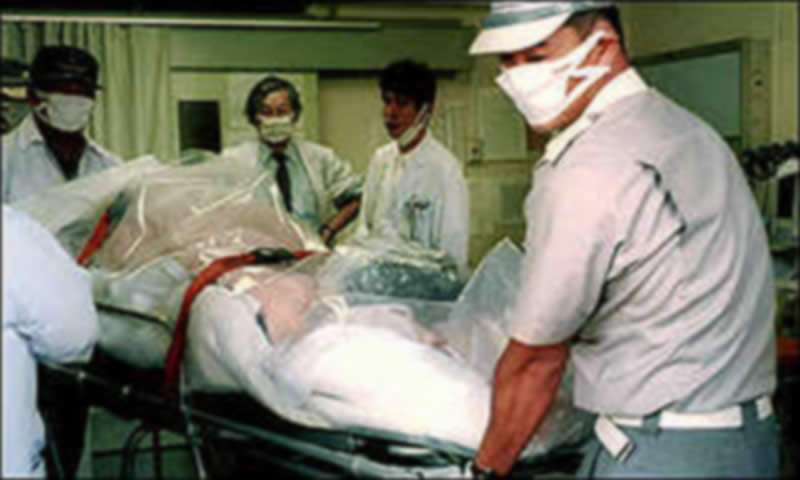
He was immersed in an artificial coma for a short time, and Hisashi Ouchi’s pains became unbearable.
So Hisashi Ouchi became an unwitting test subject for testing modern medical technologies to combat radioactive damage to the human body.
The Japanese government prioritized Hisashi’s critical case, and as a result, a group of leading medical experts from Japan and overseas was assembled to treat Hisashi Ouchi’s serious condition.
The doctors kept him alive by pumping huge amounts of blood and saline solutions into Hisashi Ouchi’s body every day. He took a large number of drugs that remove nucleides from the body and contain antibiotics to eliminate infectious contamination.
At one point, Hisashi Ouchi said, “Stop it, I don’t want to be your lab animal”, but they didn’t listen to him.


Against his wishes, the doctors kept Hisashi Ouchi alive for 83 days.
Hisashi Ouchi’s heart was beating at a rate of 120 beats per minute. Unable to withstand such a load on the 59th day, his heart stopped, causing serious damage to the brain and kidneys.
He was resuscitated three times, despite begging for an end to his suffering.
Doctors and scientists said they have collected a large amount of data that will help in the future with the help of patients affected by radiation.
Finally, doctors were instructed not to bring Hisashi Ouchi back to life in case of cardiac arrest.
On the 83rd day after the severe torment, Hisashi Ouchi died of another cardiac arrest.
Other victims
Masato Shinohara and Yutaka Yokokawa were also receiving treatment for radiation exposure.
At some point, there was hope that Masato Shinohara would recover. He received a blood transfusion, and was even taken out of the ward in a wheelchair to celebrate the New Year.
However, he soon fell ill with pneumonia. His lungs were damaged by radiation, and he needed a ventilator to keep him alive. After 211 days, Masato Shinoha died of multiple organ failure.
Yutaka Yokokawa spent 6 months in the hospital and was allowed to go home for further rehabilitation. <
Consequences of the disaster
During the accident, 2 people died and at least 439 people were also exposed to radiation.
Immediately after the accident, the Japanese police came to ransack the office of JCO Co and seized all documents.
The investigation was completed only 6 years later. There were 6 people in the dock on charges of negligence, including Yutaka Yokokawa.
At the trial, Yutaka Yokokawa pleaded guilty and said that she “forgot about the danger.”
It turned out that JCO Co employees were poorly instructed and did not understand the hazards associated with their work.
JCO Co was a subsidiary of Sumitomo Metal Mining Co. Ltd whose license was revoked after the Tokaimura incident.
Hisashi Ouchi died in markings.

Warning: do not try to repeat this at home!
DEADHOUSE states with all responsibility – do not try to load uranium oxide into a tank exceeding the volume for the occurrence of a nuclear chain reaction!
Please hand over all your uranium to storage sites designated by your country’s responsible organizations!
If you saw a blue glow at the moment when you loaded uranium or its isotopes using buckets or a trench tool, report it by emergency phone!

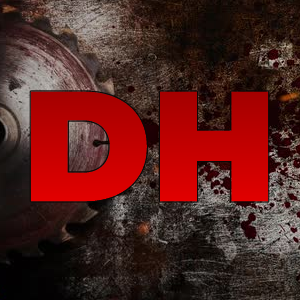
Hello everyone!Is it true Hisashi Ouchi in that photo or not ( https://deadhouse.org/wp-content/uploads/article-11210-465×291.jpg )?Who knows,please write about it,for example,on the same website.
Привет всем!Правда ли то Хисаси Оучи на той фотографии или нет( https://deadhouse.org/wp-content/uploads/article-11210-465×291.jpg )?Кто знает-пожалуйста,напишите о этом,к примеру,на этом же сайте
This is want happens in japan , again because of thier dynastic ruler nepolean that killed Hitler , in the battle of ww2. Should all these white mutts thanks black people who raised them to thier level and developed the world.
W-wh-what the ACTUAL FUCK!!!!???? U don’t even know “H” of history. Seriously wtff did u just wrote, subhuman nigger? Idk what to say here , ur all hopeless assholes , that needs an eradication and should be once again colonize, beaten , torture and enslave.
“black people who raised them to thier level and developed the world.”. You are going to die very soon. Loser inferior shitskin. Monkey pokes disease can be attributed to ur inferior mud race.
karuki you’re hilarious !!
This isn’t anything new to the Jap. They’re like a magnet for nuclear explosions. Their whole mentality is what happens when a person takes an extremist approach to everything, instead of looking for the golden middle.
Remember when these idiots built a nuclear reactor in a tsunami zone? That shows you that even a person with a college degree can be a dumbfuck with no common sense. A “smart idiot”.
And now, they’re releasing all the nuclear wastewater back into the ocean. Google some pictures of fish in the Pacific. The Soviets handled Chernobyl better, and I fucking hate Soviets, so that tells you a lot.
Now, this imbecile weirdo nation is going to cause God knows what kind of enviromental damage to our Planet.
Two nukes really wasn’t enough. Snaggletoothed freaks.